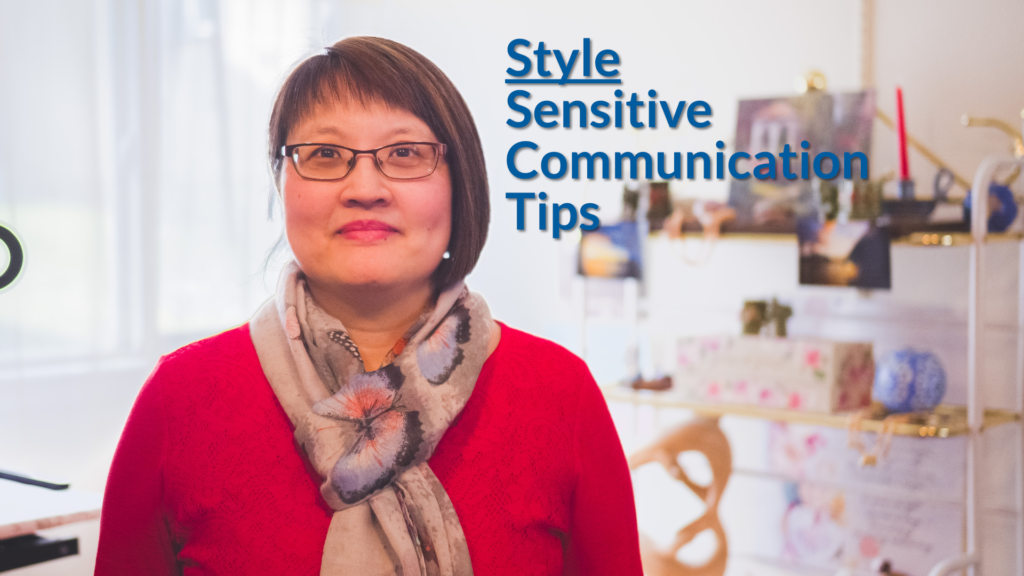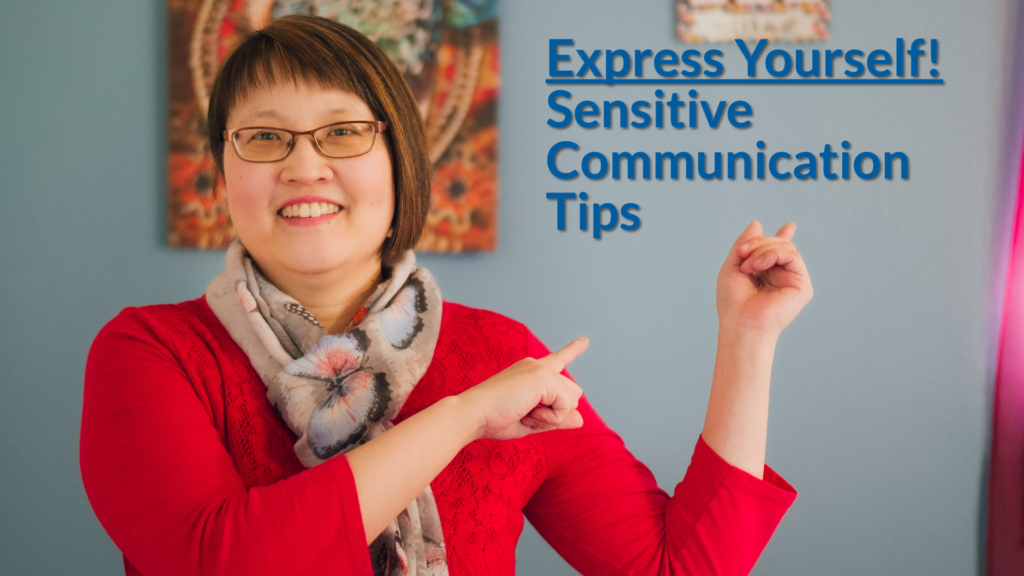Obstacles | The COMMUNICATES Game

Choose Your Character | The COMMUNICATES Game

Let’s Play COMMUNICATES (Choosing Your Character)

It’s very likely you’ve played a variety of games and sports growing up. At times you might feel that you are playing a much larger game called ‘The Game of Life’. In this game of life, you’ve experienced some wins and some losses. Sometimes it was easy, and sometimes you faced some challenging obstacles that […]
New Year, New Series – My 2023 Video Series Trailer

Hi, Grace here! This is an introductory video I’m planning and creating for my 2023 video series. I’ve always felt that life was like a game. With ups and downs, twists and turns and challenges to overcome that will lead you towards your goal or goals. Feels like riding a roller coaster! And communication can […]
Deep Dive on Style | Sensitive Communication Tips

https://vimeo.com/783107769 Hi there, this is Grace, and welcome to Sensitive Communication Tips. So in the previous video, I went through the acronym COMMUNICATES. So all the necessary components in the word communicates what each of those letters represent in the word communicates all the components that is necessary to have an effortless and effective communication. […]
Style | Sensitive Communication Tips

https://vimeo.com/778537189 Hi there, this is Grace, and welcome to Sensitive Communication Tips. So before I jump into today’s topic, I want to do a quick review of all the letters in the word COMMUNICATES. So I use the acronym COMMUNICATES, and took apart each of the letters to represent what is needed– all the components […]
GraceSOULutions COMMUNICATES… STYLE of Communication

Do you know your style of communication? What is your preferred style of communication? What is the style of communication of the person or people you communicate with? Are you able to communicate with people with all different communication styles or do you have difficulty with communicating with people with certain communication styles? Why or […]
Deep Dive on Expressing Yourself | Sensitive Communication Tips

https://vimeo.com/768742463 Hi there, this is Grace, and welcome to Sensitive Communication Tips. So today we’re going to do a Deep Dive on Expressing Yourself. And again, expressing yourself. And this case is about nonverbal communication. And with nonverbal communication, we’re talking about facial expression, and body language. So facial expression is all about the face. […]
Express Yourself | Sensitive Communication Tips

https://vimeo.com/766671038 Hi there, this is Grace and welcome to Sensitive Communication Tips. So today we’re going to talk about Express Yourself. Now in communication, it’s not just about the words or, you know, the tone of voice, and all that. Part of communication is also nonverbal communication. And so with nonverbal communication, how one can […]
GraceSOULutions Communicates… EXPRESS Yourself

What ways do you express yourself? What does your body language say about your communication in the presence of others? How aware are you when it comes to reading another person’s facial expression and body language in your communication? Communication isn’t all about words and feelings, there’s another part: facial expression and body language. The […]
